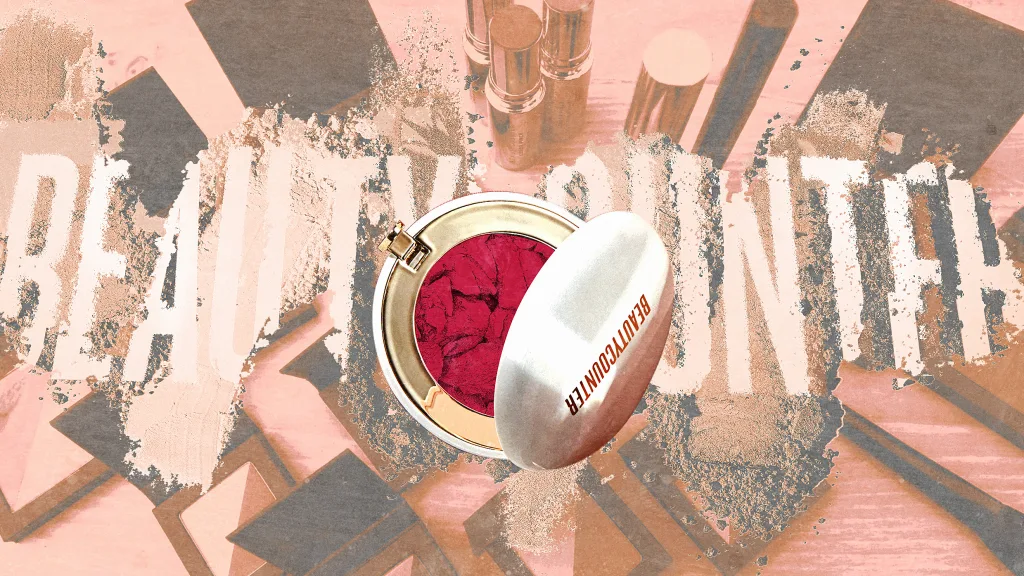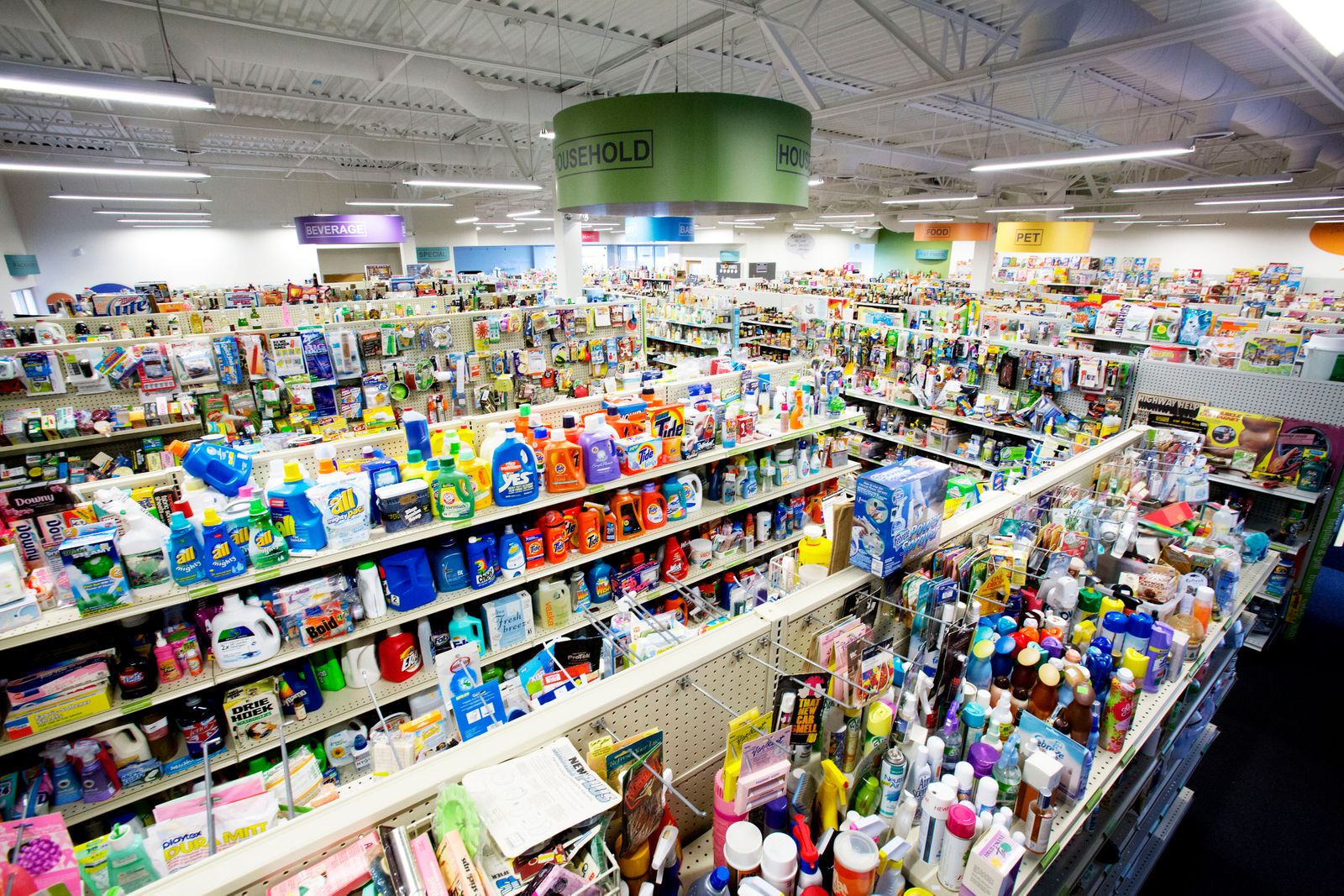
Sean Jacobsohn, founder of the Failure Museum, shares notable product failures and the lessons we can learn from them.

Sean Jacobsohn, founder of the Failure Museum, shares notable product failures and the lessons we can learn from them.

When the private equity firm Carlyle bought Beautycounter, the skin care brand that people sold at kitchen tables, everything changed.

After selling to the Carlyle Group, the brand went from $1 billion to broke. Inside its rise and fall—and possible rise again.

An MIT study finds the same consumers tend to purchase failed products. Dubbed “harbingers of failure,” these buyers may provide new window into consumer behavior and behavioral economics.

Vox is a general interest news site for the 21st century. Its mission: to help everyone understand our complicated world, so that we can all help shape it. In text, video and audio, our reporters explain politics, policy, world affairs, technology, culture, science, the climate crisis, money, health and everything else that matters. Our goal is to ensure that everyone, regardless of income or status, can access accurate information that empowers them.
Get the best insights into the latest trends and all things human insight, CX, UX , product, marketing and research on our blog.
There's an increasing amount of talk around failure and the fear of it, but it's largely missing the point. Here's why

Don't set goals. Passion is bullshit. Mediocre skills are valuable. These are just a few of the unexpected truths you'll discover in Scott Adams' new book. Here are 10 more takeaways.

15 years on, Winamp “still lives”—but mismanagement blunted its llama-whipping.

Closing stores requires a deliberate, systematic approach to price markdowns and inventory transfers. The result, say Ananth Raman and Nathan Craig, is significant value for the retailer and new opportunities for others.
Perhaps the most egregious is a failure of imagination.

What happens on the other side of the acquisition doesn't get much startup press

Failure mode and effects analysis is the process of reviewing as many components, assemblies, and subsystems as possible to identify potential failure modes in a system and their causes and effects. For each component, the failure modes and their resulting effects on the rest of the system are recorded in a specific FMEA worksheet. There are numerous variations of such worksheets. An FMEA can be a qualitative analysis, but may be put on a quantitative basis when mathematical failure rate models are combined with a statistical failure mode ratio database. It was one of the first highly structured, systematic techniques for failure analysis. It was developed by reliability engineers in the late 1950s to study problems that might arise from malfunctions of military systems. An FMEA is often the first step of a system reliability study.
Failure sucks. Nobody wants to fail. But in the start-up world, most people are doing just that. I'm not sure I've read much about "how" to fail, since failure is so depressing and negative. But I'm...

I found a great domain name for sale on @undeveloped. Check it out!

Unwind An Unsuccessful Startup The Right Way - Many startups fail, but few founders prepare for unwinding. Find out how to do this & deal with investors.

Not open to the public, this expansive archive schools marketers in the art of pitchmanship

People are quick to blame themselves for failure. But not doing something because you’re afraid to get started isn’t going to help you grow. Here are four strategies to help you get over the hump. Start by redefining what failure means to you. If you define failure as the discrepancy between what you hope to achieve (such as getting a job offer) and what you might achieve (learning from the experience), you can focus on what you learned, which helps you recalibrate for future challenges. It’s also important to set approach goals instead of avoidance goals: focus on what you want to achieve rather than what you want to avoid. Creating a “fear list” can also help. This is a list of what may not happen as a result of your fear — the cost of inaction. And finally, focus on learning. The chips aren’t always going to fall where you want them to — but if you expect that reality going into an event, you can be prepared to wring the most value out of whatever outcome.